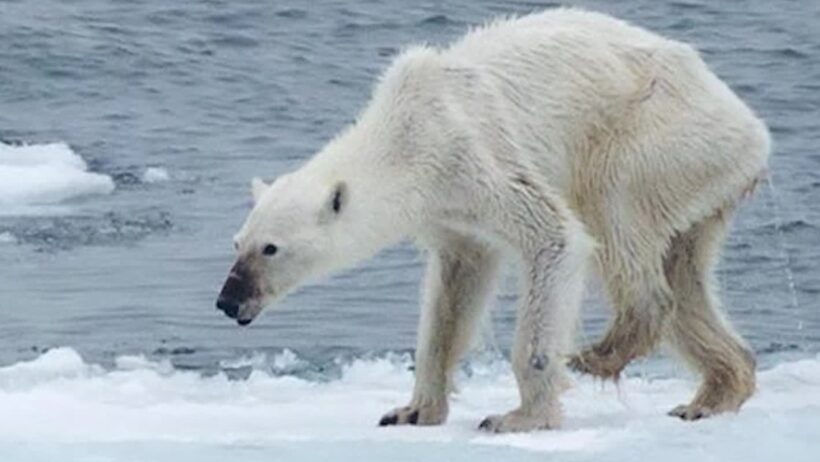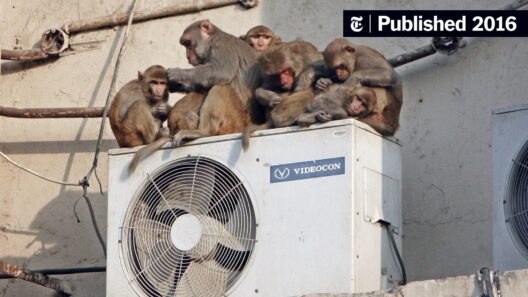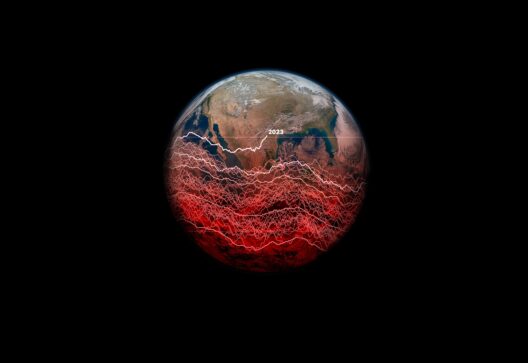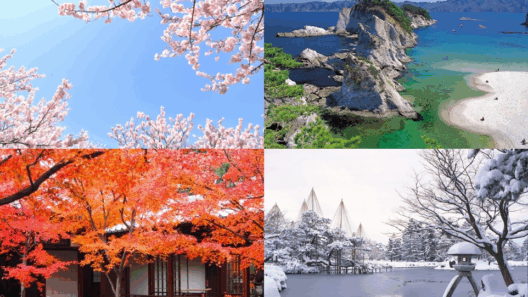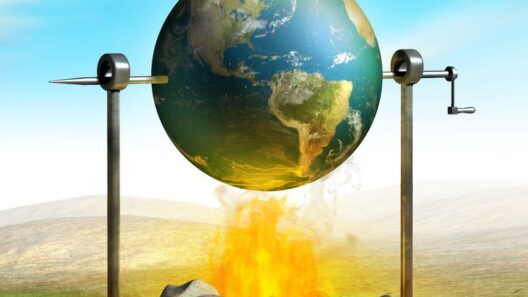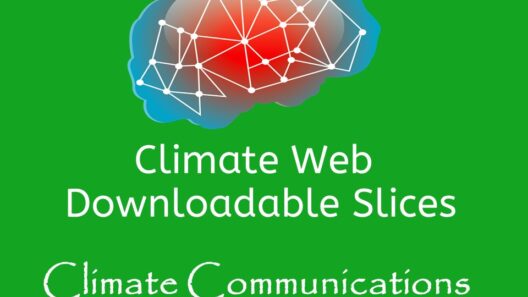As the Arctic ice retreats and polar bears roam in search of dwindling prey, a poignant question arises: who ultimately suffers more from climate change—polar bears or people? This query beckons us to explore not only the stark realities faced by these magnificent creatures but also the intricate connections between the natural world and human society.
Climate change, driven primarily by anthropogenic greenhouse gas emissions, is precipitating profound transformations across ecosystems. The polar bear, a solitary denizen of the Arctic, epitomizes the species most emblematic of these changes. With its reliance on sea ice as a platform for hunting seals, the polar bear’s very existence is inextricably linked to this fragile environment. Yet, as glacial expanses diminish, so too does the bear’s ability to procure sustenance, leading to alarming instances of emaciation and starvation.
But let’s pivot for a moment. While polar bears endure the direct consequences of habitat loss, it is essential to recognize how human societies are intricately interwoven into this narrative. The ramifications of climate change extend far beyond the Arctic, poised to disrupt communities worldwide. Vulnerable populations in coastal regions are particularly susceptible to the capricious nature of rising sea levels and increased storm intensity. Herein lies the challenge: the interdependence of ecosystems suggests that solutions must transcend geographical boundaries.
Consider the Inuit communities inhabiting the Arctic territories. These groups have coexisted with polar bears for millennia, steeped in a culture that respects the balance of nature. But climate change is altering traditional lifestyles. Ice roads that connect settlements are forming later and melting earlier, cutting off access to critical resources. As the land transforms, Inuit hunters face diminishing opportunities to hunt marine mammals, their primary sustenance. Consequently, food insecurity rises, engendering a cycle of socio-economic disparity that resonates far beyond the cold embrace of the Arctic.
In contrast, urban centers situated thousands of miles away may seem insulated from these challenges. Yet, the ripple effects of climate change manifest globally. Cities worldwide are grappling with extreme weather events that disrupt commerce, strain public health systems, and exacerbate social inequalities. Heatwaves, once rare, are now common in regions unaccustomed to such extremes. Here, the urban poor suffer disproportionately, often lacking the resources to secure adequate shelter or health care during such crises.
Furthermore, environmental degradation extends into the realms of biodiversity. The ominous specter of species extinction looms as habitats transform at an unprecedented rate. The polar bear, an apex predator, heralds an ecosystem under siege, but its plight is representative of a broader ecological crisis. As biodiversity dwindles, ecosystems lose resilience, impairing their ability to support human life and livelihoods. The health of our planet, thus, hinges on the fate of its most vulnerable inhabitants.
The discourse surrounding climate change often fractures into polarized opinions, yet it remains vital to adopt a holistic perspective. From the majesty of polar bears contemplating their diminishing ice plains to urban dwellers confronting erratic climatic patterns, the ramifications of environmental change reverberate universally. As stewards of this planet, humans possess a unique responsibility to address and mitigate these intertwined challenges.
It is tempting to view climate change solely through the lens of immediate threats, such as rising temperatures or flooding. However, a more nuanced understanding reveals the evolving socio-economic landscape shaped by these phenomena. As resources become scarce, conflicts may arise—both within nations and across borders. The potential for climate migration further complicates geopolitical relations, as those who are most affected by climate change seek refuge in regions perceived as more stable.
As such, the question of who suffers most—a polar bear or a human—transcends simplicity. It is not merely a duality but rather a complex web of consequences that begs for collective action. Understanding that our fates are intertwined can galvanize greater empathy and commitment to address the monumental challenge of climate change. Initiatives aimed at conservation, sustainable practices, and engagement with Indigenous knowledge can illuminate pathways toward resilience.
Despite the daunting nature of this endeavor, the outlook is not solely grim. Communities around the globe are innovating in response to climate adversity. Renewable energy projects are gaining traction, providing alternatives to fossil fuels that contribute to greenhouse gas emissions. Urban environments are increasingly investing in green infrastructure—rooftop gardens, permeable pavements, and increased vegetation can help mitigate heat and reduce flooding.
In conclusion, the specter of climate change impacts not only the polar bears struggling against melting ice but also millions of people grappling with the repercussions of shifting weather patterns. To safeguard both endangered species and vulnerable populations, we must commit to a comprehensive and inclusive approach that recognizes our interconnectedness. As stewards of the Earth, it is incumbent upon us to advocate for solutions that uphold both ecological integrity and human dignity. Only then can we hope to forge a sustainable future for all.



